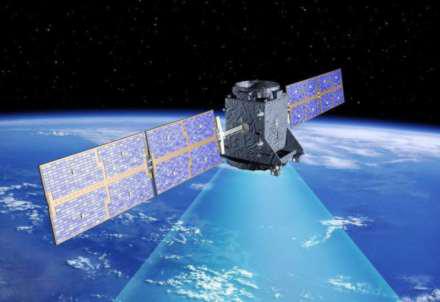Azerbaijani satellite operator inks deals with local TV, radio channels

Azerbaijani satellite operator Azerkosmos has signed contracts with local television and radio broadcasting companies for the placement of their channels on Azerbaijan's first telecommunications satellite, the Azerspace/Africasat-1a, the company told Trend news agency on June 3.
Technical details are currently being hammered out.
The satellite will provide local television and radio broadcasting companies with many opportunities and good broadcasting conditions. Special compression technology will allow for a considerable reduction in these companies' usage of the satellite's resources and allow for the highest quality of broadcasts by enhancing the satellite's signal level.
Satellite dishes and receivers can be used for watching satellite TV. The satellite is located at 46 degrees east.
The exact frequencies to which users will be required to configure their dishes and receivers will be made public in the near future.
The launch of the Azerspace/Africasat-1a was conducted at the ELA-3 Launch Complex at the Guiana Space Center on February 8 on an Ariane 5 ECA rocket made by the French company Ariansepace.
The satellite is being commanded by Azerkosmos specialists from head and reverse control centers.
The payload of the Azerspace/Africasat-1a satellite, which was built by American Orbital Sciences Corporation using its STAR-2 model, consists of 36 transponders (24 C-band transporters and 12 KU-band transponders).
Each transponder's frequency band is 36 MHz. The weight of the satellite is nearly 3,275 kilograms. The satellite's operating life is about 16 years.
The Azerspace/Africasat-1a satellite covers Europe, the Caucasus, Central Asia, the Middle East and Africa.
The satellite is designed to provide digital TV and radio service, Internet access, data transmission, VSAT multi service networks and governmental communications.
Here we are to serve you with news right now. It does not cost much, but worth your attention.
Choose to support open, independent, quality journalism and subscribe on a monthly basis.
By subscribing to our online newspaper, you can have full digital access to all news, analysis, and much more.
You can also follow AzerNEWS on Twitter @AzerNewsAz or Facebook @AzerNewsNewspaper
Thank you!
